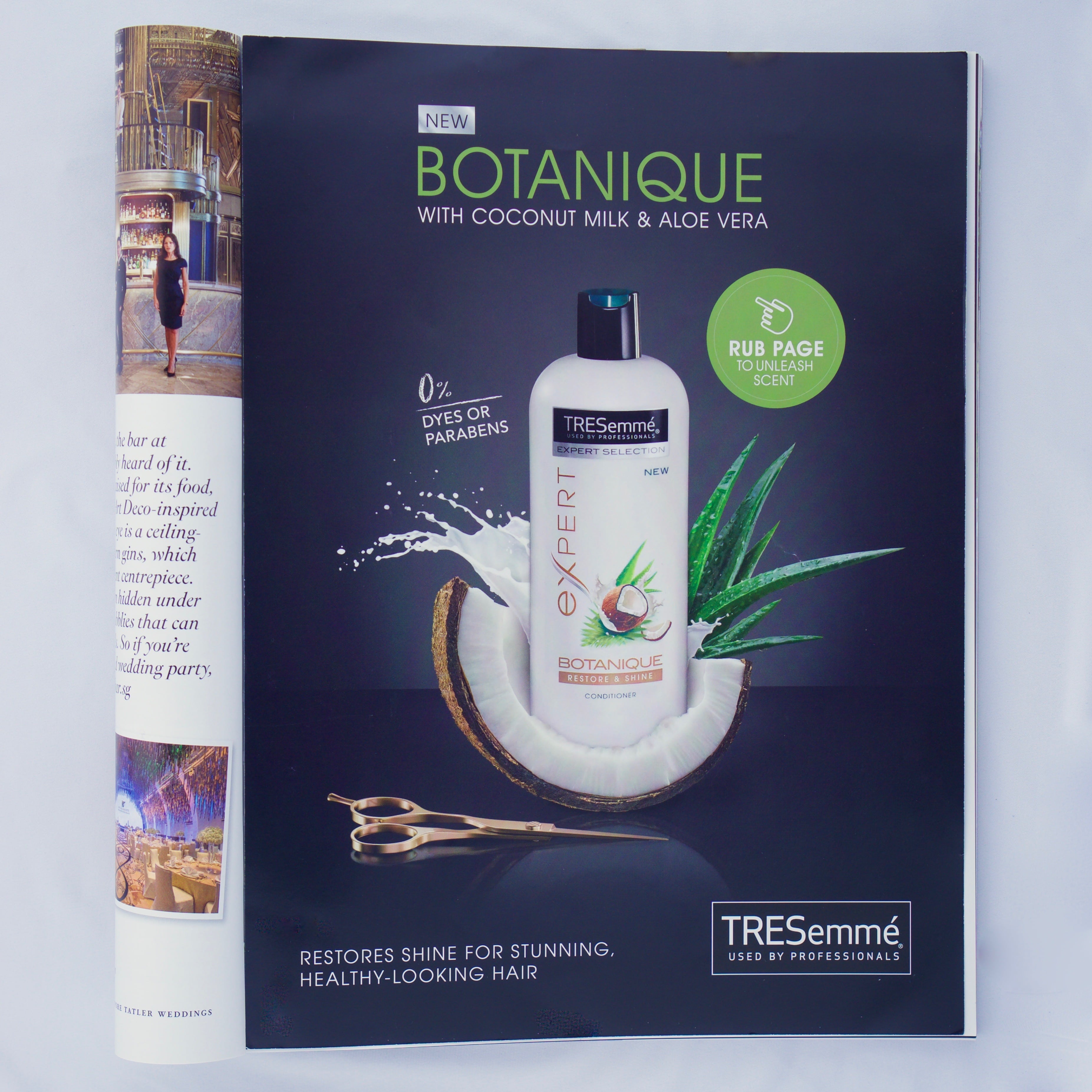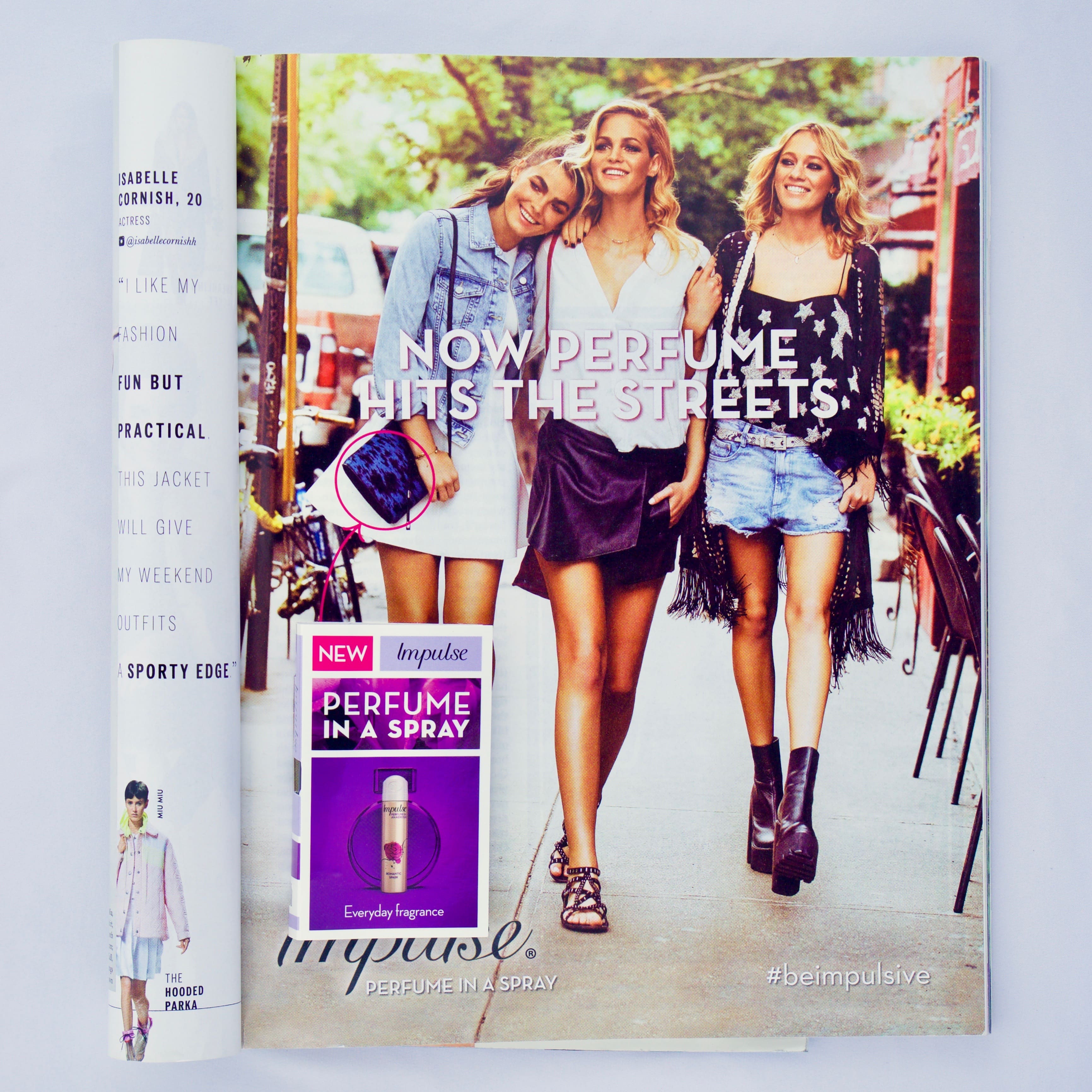Scented paper advertisements in magazines aren’t just for high-end perfumes anymore.
Many other industries, including food and cooking, cosmetic, personal care and even automobile companies (for that “new car smell”) are moving towards scented paper ads in magazines.
Starch Advertising research reports scented run-of-book ads are proven to drive higher recall and brand awareness than non-scented ads.
Scented paper ads give magazine readers a novelty sensory marketing experience that elevates the advertisement’s message by engaging multiple senses at once. In the case of a fragrance or soap, brands are able to sample a critical part of their product, the fragrance. However, with other industries where scent isn’t a obvious feature of their product, scent can help capture magazine readers’ attention when flipping through the pages, such as that “new car smell” when looking at an ad for the new BMW model. Recall that smell triggers memories and emotions stronger and faster than sight and hearing due to its direct route to the brain. Consumers remember 35% of what they smell, 5% of what they see and 2% of what they hear. The “rub and smell” model of scented paper ads thus engages magazine readers in a more personal consumer-business experience.
Read About More Scented Strategies:
Ti Ora Case Study in New Zealand
According to Starch, on average, 64% of readers read one of the scented paper ads, compared to 54% of readers who read any of the ads — a 19% lift in advertising “stopping power” through your nose.
Other outlets for advertising, such as digital media, have yet to provide a comparable experience. When consumers “touch and smell” a scented magazine ad, they are engaging and immersing themselves with your product and brand message. The interactivity of scented paper ads — “scratch and sniff” — encourages readers to perform an action, deepening consumer experience with your brand.
Learn more about our Scent Print Sampling Solutions.





